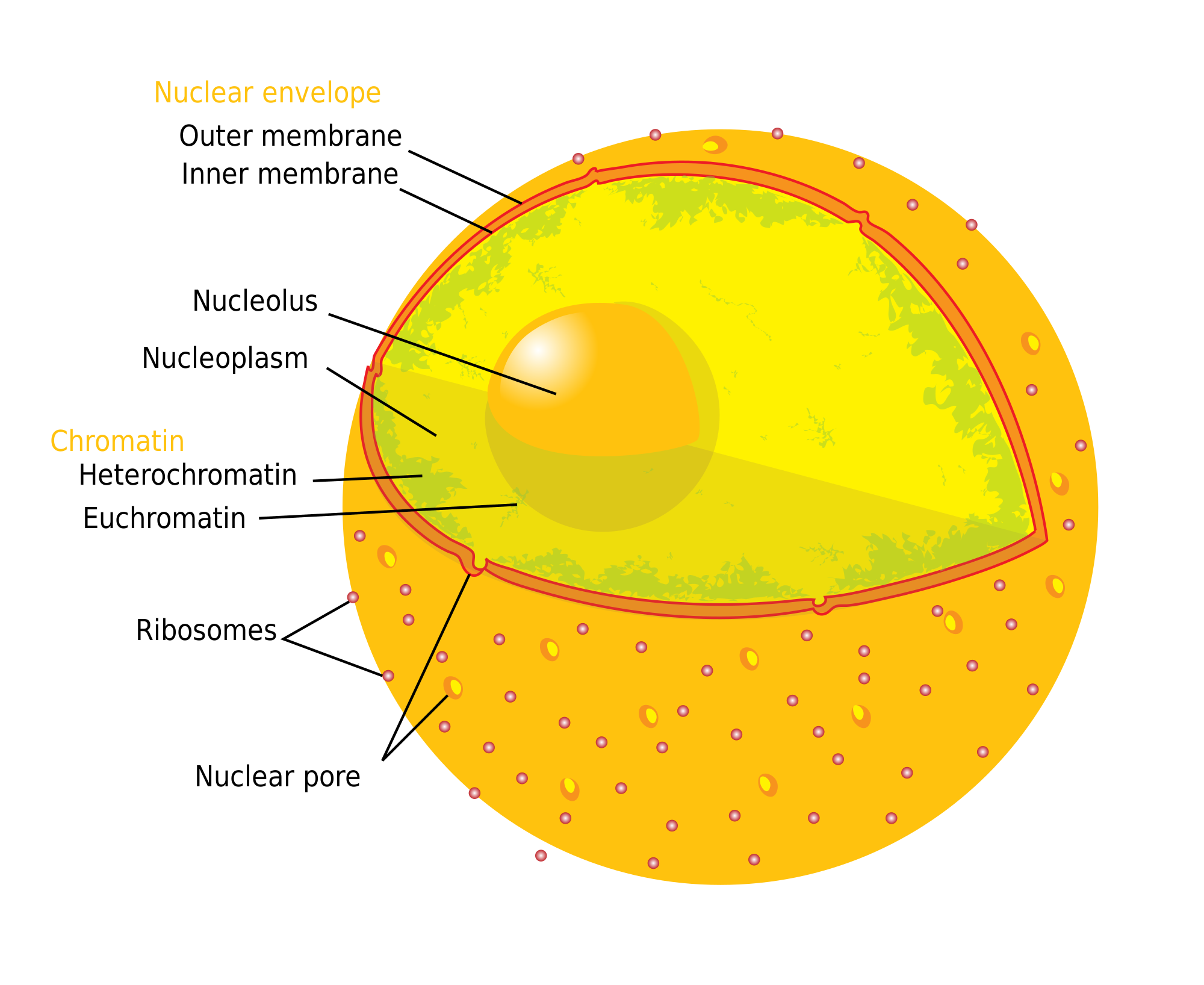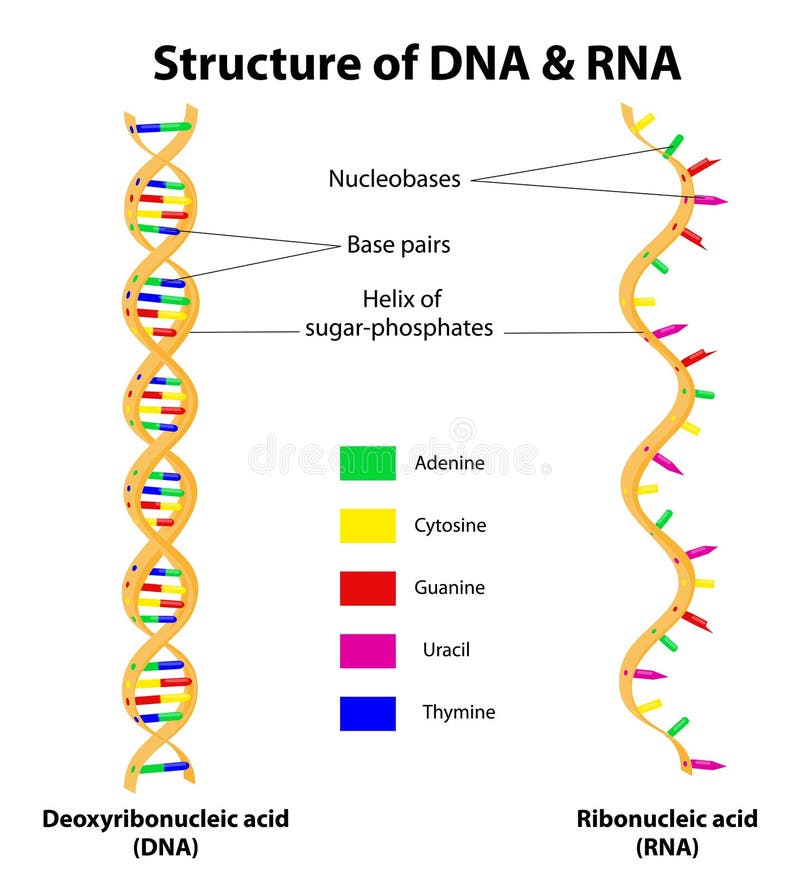What is nucleus?
Nucleus is the most prominent and largest cell organelle present roughly in center of animal cell and on side in a plant cell. It is found in most eukaryotic cells, the exception being red blood cells. It is the small bright body in the head of comet.
structure
Nucleus is a spherical body present inside the cell, surrounded by the cytoplasm.It is bound by a membrane, called the nuclear membrane, which separates the inner content of the nucleus from the cytoplasm. Nuclear membrane is a double-layered membrane made up of lipo-protein. It is not a continuous membrane as some pores are present at place. These pores are called nuclear pores.Through this pores exchange of various substances takes place between the nuclear content and cytoplasm. The inner content of nucleus consists of undifferentiated protoplasm and ground substance known as nuclear sap or nucleoplasm or karyolymph. Inside the nuclear sap a net work of some dark staining thread like structures are present, called the nuclear reticulum or chromatin reticulum. Each of these threads is known as chromatin or chromosome.Chromatin is a characteristic substance in the nucleus.Besides the chromosomes a deeply stained small spherical body is present inside the nucleus, called the Nucleolus.Each chromosome has a covering,called the matrix, which encloses two identical,spirally twisted, delicate threads known as chromatids. These two chromatids lie very close to each other and are attached to each other only at some points or constriction, called the kinetochore or centromere.

Along the length of the chromatids there are some granular bodies known as chromomeres.Again each chromatids consists of fine thread like structures, called chromonemata.The chromosome is differenciated into some darker staining regions and lighter staining regions,alternating with each other along its length. The darker stained region is called the heterochromatin or the heterochromatic region. The lighter stained region is called the euchromatin or euchromatic region.
Chromosomes consists of nucelic acids and proteins. Nucleic acids are of two types; deoxyribonucleic acid (DNA) and ribonucleic acid (RNA).When these nucleic acids combine with proteins they form deoxyribonucleo-protein and ribonucleo-protein.

Chromosomes are the bearers of all the hereditary characters, and consists of hereditary units or genes. Each gene forms a part of the DNA chain present in the chromosomes. These genes control all the activities and characters of plants and animals. Therefore, nucleus is the vital part of the cell.
Generally one nucleus is present in each cell of a living organism.But in case of some algae and fungi more than one nucleus are present. In bacteria and few lower plants (algae) the nucleus is not covered by any membrane and remains undifferentiated inside the protoplast. Such a nucleus is often called incipient nucleus..


No comments:
Post a Comment